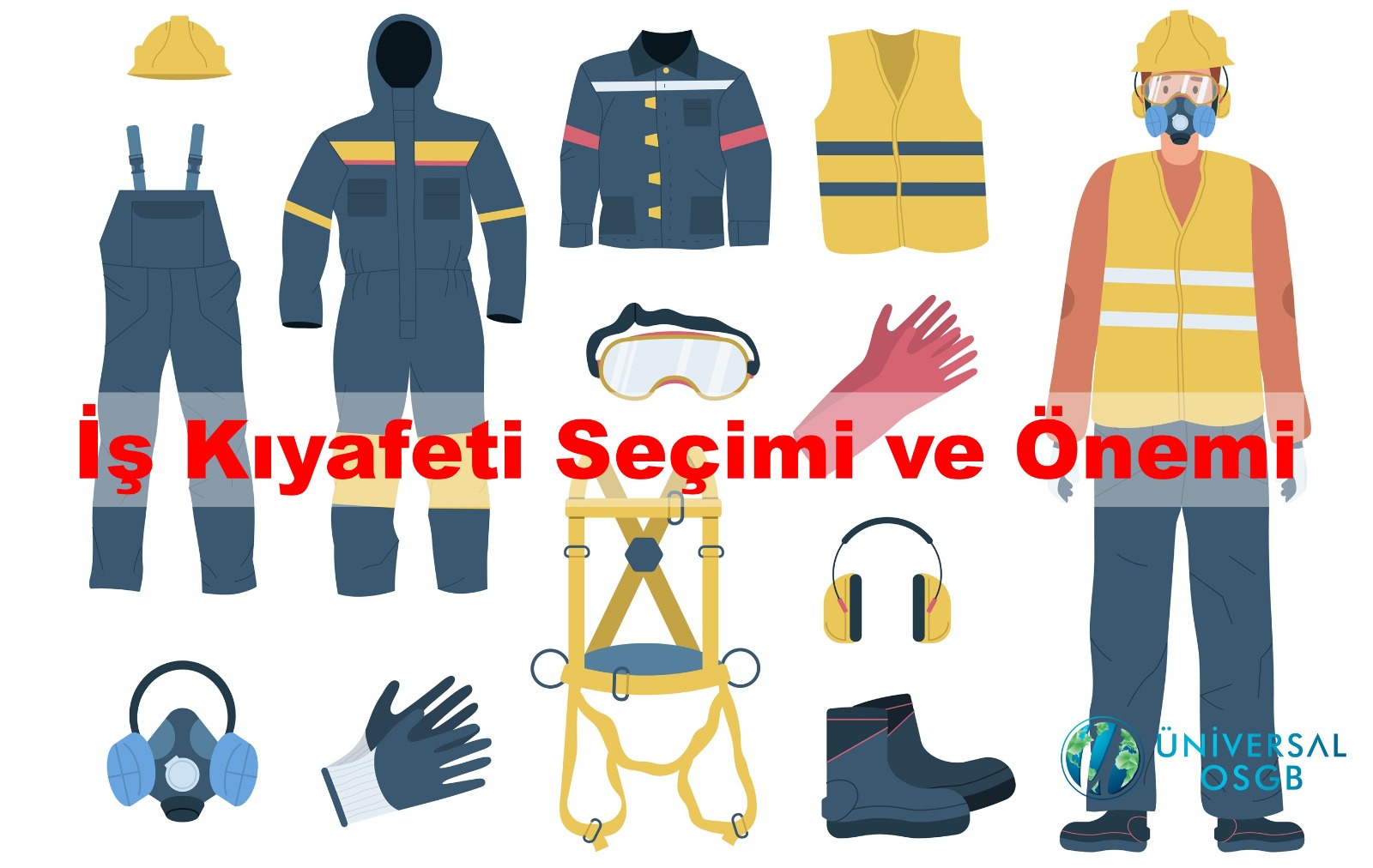
The Choice and Importance of Workwear in Terms of Occupational Health and Safety
Occupational health and safety (OHS) aims to protect employees against physical, chemical, biological and ergonomic risks that they may be exposed to at work. In this context, work clothes are a basic measure for the safety and comfort of employees. The right choice of workwear not only protects the health and safety of employees, but also increases productivity in the workplace and contributes to the fulfillment of legal obligations.
The Importance of Work Clothes
- Protection Function:
Work clothes protect employees against physical, chemical and biological hazards in the work environment. For example:
Chemical Hazards: Coveralls and gloves made of chemical-resistant material are vital for workers working with chemicals.
Physical Hazards: Clothing made of non-flammable fabrics is necessary for high-temperature workers, such as welding work.
Biological Risks: For those working in the health sector, protective gowns are used that prevent the passage of microorganisms. - Visibility and Identifiability:
Reflective workwear that provides high visibility allows employees to be noticed, especially in outdoor areas such as construction and road works, and prevents accidents. - Ergonomic Compatibility:
Comfortable and functional work clothes that do not interfere with the mobility of employees increase work efficiency by reducing physical fatigue. - Legal Obligations:
In the occupational health and safety legislation of many countries, the use of special workwear is mandatory for certain business lines. Employers are obliged to provide appropriate personal protective equipment (PPE) and work clothes to their employees. - Psychological Impact:
Appropriate workwear creates a sense of professionalism and belonging in employees. In addition, it creates awareness about job security and increases the perception of risk.
Things to Consider When Choosing Workwear
- Compliance with the Nature of the Work:
Each line of work involves different dangers. For example, flame-retardant fabrics are required for welders, liquid-proof aprons for laboratory workers. - Seasonal and Environmental Conditions:
Waterproof and wind resistant clothing should be preferred for those working in the outdoor area, and breathable fabrics should be preferred for those working in hot weather. - Durability and Quality:
Work clothes should be resistant to harsh working conditions. Quality materials both increase employee safety and provide cost savings in the long run. - Comfort and Freedom of Movement:
Ergonomic designs that will allow the employee to move comfortably during work should be preferred. - Ease of Maintenance and Cleaning:
Easy-to-clean and long-lasting clothes are important for maintaining hygiene standards.
Proper Use of Work Clothes
- Employees should be trained in the proper use and maintenance of work clothes.
- Clothes that are worn out or lose their function should be renewed regularly.
- Work clothes should not be used outside of work. This may cause the protective properties of the clothing to decrease and may create hygiene problems.
Work Clothes and Work Safety Culture
Work clothes are a part of the work safety culture. Employees should be aware of the protection provided by clothing and follow safety procedures. Employers, on the other hand, should organize appropriate training and incentive programs to support this culture.
The choice of workwear is an important element in occupational health and safety management. Appropriate work clothes increase work efficiency and motivation, while ensuring the protection of employees from hazards. The fact that employers fulfill their legal obligations in this regard both protects the health of employees and reduces occupational accidents. Therefore, the selection and use of work clothes should be considered as an integral part of occupational health and safety processes.
Resources:
- General Directorate of Occupational Health and Safety (2023). A Guide to the Use of Personal Protective Equipment and Occupational Safety.
- World Health Organization (2022). Occupational Safety Guidelines.
- Ergonomics and Occupational Safety Association (2021). Design and Safety Standards of Workwear.
Üniversal OSGB
Occupational Safety and Worker Health Center


